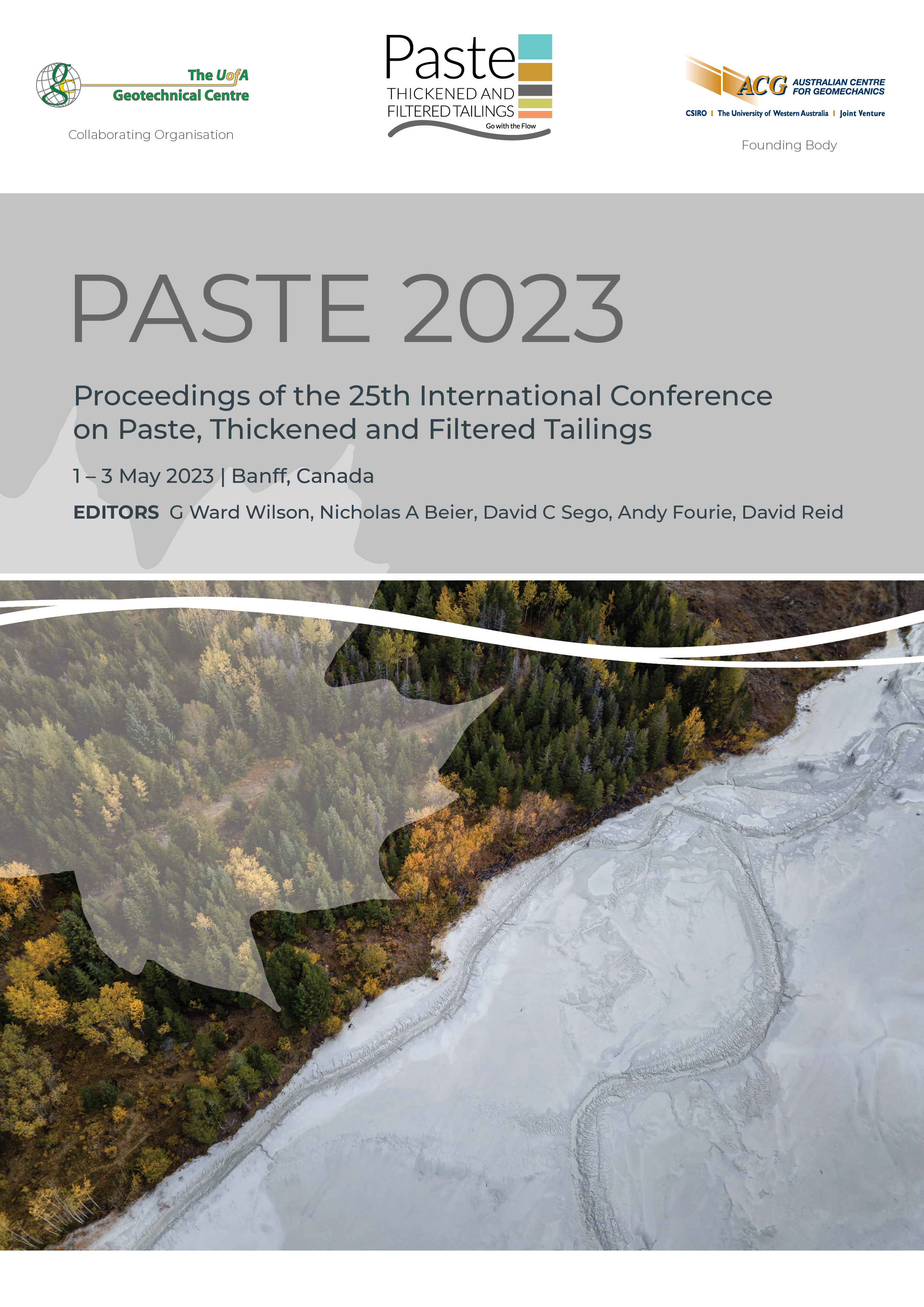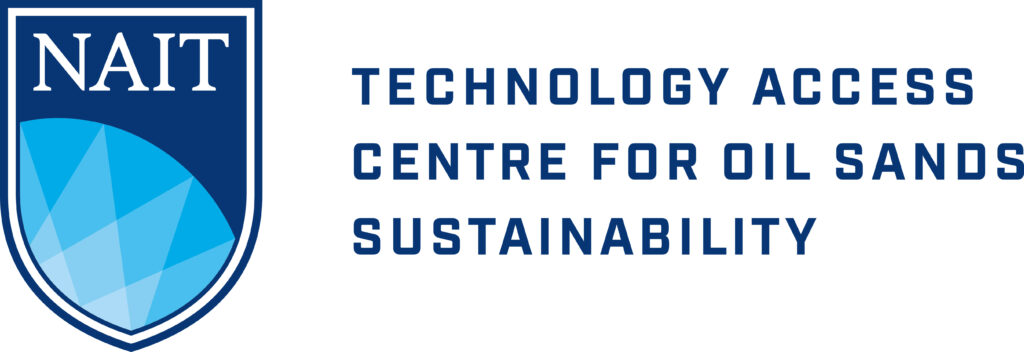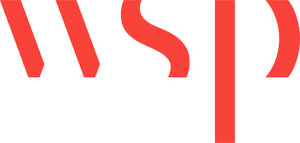Mining with backfill: predicting backfill strength requirements, long-term behaviour, and placement

|
Authors: Belem, T |
DOI https://doi.org/10.36487/ACG_repo/2355_0.4
Cite As:
Belem, T 2023, 'Mining with backfill: predicting backfill strength requirements, long-term behaviour, and placement', in GW Wilson, NA Beier, DC Sego, AB Fourie & D Reid (eds), Paste 2023: Proceedings of the 25th International Conference on Paste, Thickened and Filtered Tailings, Australian Centre for Geomechanics, Perth, pp. 19-22, https://doi.org/10.36487/ACG_repo/2355_0.4
Abstract:
The main challenge in mining with backfill is to design a flowable backfill capable of ensuring good stability of the backfilled stopes after placement and hardening. This would require, among other things, a good understanding of the physics (particle size distribution curve) and the mineralogy (presence of sulphides and/or clay minerals) of the mine waste, the correct determination of the required strength (based on the factor of safety), the correct definition of the rheological parameters (slump S, critical solids mass concentration %Cw-cr, adequate shear yield stress Y and viscosity ), the proper selection of the backfill mix recipe (formulation taking into account the physico-chemical properties of the mixture ingredients), the correct design of the backfill retaining barricades (horizontal pressure), the good understanding of the hydromechanical properties (self-weight consolidation), the better control of the filling sequences (dissipation of the pore water pressure), the long-term compressive and shear strengths of the backfill, the reduction of the backfilling operation costs (possibility of reducing the amount of binder used), the prediction of the cemented rockfill and paste backfill strength.
Keywords: cemented mine backfill, required strength, critical solids mass concentration, compressive strength, rheological parameters, self-weight consolidation
References:
Belem, T & Sahi, A 2017, ‘A semi-empirical model for the formulation of cemented paste backfills according to their potential mechanical strength’, Proceedings of the 70th Canadian Geotechnical Conference, GeoOttawa2017, Ottawa, paper no. 840.
Belem, T, Gélinas, LP & Oke, J 2022, ‘A new generalized solution for the required strength of the three types of cemented mine backfill’, Proceedings of the 56th U.S. Rock Mechanics/Geomechanics Symposium, American Rock Mechanics Association (ARMA), Santa Fe, Paper no. ARMA 22-878.
Belem, T, Mbonimpa, M, Gélinas, LP, Alcott, J & Dallaire, D 2019, ‘Rational design of waste rock (muck) barricades (WRBs) as paste backfill-retaining structures’, Proceedings of 14th International Congress on Rock Mechanics, ISRM, Foz do Iguassu.
Belem, T, Peyronnard, O & Benzaazoua, M 2010, ‘A model of formulation of blended binders for use in cemented mine backfills’, Proceedings of 1st International Seminar on Reduction of Risk in the Management of Tailings and Mine Waste – Mine Waste’10, Perth, WA, Australia, 29 sept – 1st oct. 2010, pp. 433-448.
Li, H, Zhang, J, Zhang, D, Li, Z & Hu, G 2017, ‘Paste pipeline transportation for Chambishi Copper Mine’, in A Wu & R Jewell (eds), Paste 2017: Proceedings of the 20th International Seminar on Paste and Thickened Tailings, University of Science and Technology Beijing, Beijing, pp. 393-401,
Mitchell, R & Wong, B 1982, ‘Behaviour of cemented tailings sands’, Canadian Geotechnical Journal, vol. 19, no. 3, pp. 289–295.
Sahi, A, Belem, T & Benzaazoua, M 2015, ‘Experimental demonstration of the optimal dosage of compound cements (binders) used in cemented paste backfill preparation’, Proceedings of the 68th Canadian geotechnical conference, GeoQuebec2015, Quebec City.
© Copyright 2025, Australian Centre for Geomechanics (ACG), The University of Western Australia. All rights reserved.
View copyright/legal information
Please direct any queries or error reports to repository-acg@uwa.edu.au
View copyright/legal information
Please direct any queries or error reports to repository-acg@uwa.edu.au



